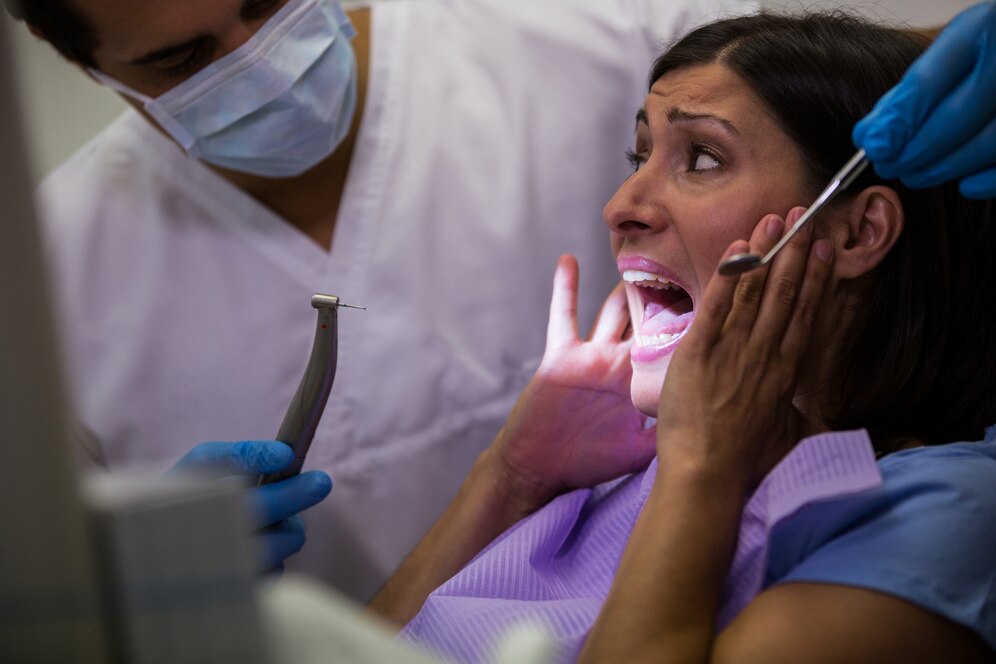The World Health Organization estimates that the incidence of oral cancer may increase by 50.7% from 2020 to 2040. The estimated incidence of oral cavity cancer may be one in 60 people.

In Varanasi, according to PBCR data, the oral cavity is the leading cause of cancer in men, accounting for about 40% of cancers, while it accounts for 6% in women. One in three cases of cancer may be oral cancer. 1 in 48 men in the district is at risk of oral cancer. The cancer incidence rate is 38% higher in urban areas (22.4 per 100,000 population) than in rural areas. This difference can be attributed to over-diagnosis due to lifestyle, eating habits, and easy access to health facilities.
What is oral cancer?
Oral cancer is a fatal disease of the mouth that affects the tongue, inner cheeks, and part of the upper and lower jaw. It is mostly caused by excessive exposure of the oral mucosa to carcinogenic substances.
The main causes of this cancer in Varanasi are chewing tobacco (Khaini/Surti) and betel nut. The findings show that people who consume both alcohol and tobacco have an 8 times higher risk of oral cancer than those who do not consume either. Smoking cigarettes, beedi, and chewing betel nut or betel nut is equally harmful. Some other causes include the HPV virus and poorly fitting dentures.
Since the early stages of oral cancer are painless and asymptomatic, they become very challenging to diagnose. Even after completing all possible treatments and following international guidelines, the chances of success (five-year survival) remain low. Many cancer patients even die due to the high level of morbidity and pain. Some patients who are initially cured may experience a recurrence of cancer at a later age.
What are the early symptoms of oral cancer?
Oral cancer can usually cause lesions (early symptoms), white lesions (leukoplakia) or red lesions (erythroplakia), mouth irritation (lichen planus), trouble opening the mouth (oral submucous fibrosis), and non-healing ulcers. Once the cancer becomes malignant, irregular growths/sores/non-healing ulcers can be seen in the mouth and facial areas. It can also cause swelling in the lymph nodes of the neck.

Oral cancer is usually diagnosed by visual examination, it is a very cost-effective method of diagnosing oral cancer. To confirm the clinical diagnosis, the doctor performs a biopsy, which involves taking a small piece of the affected area of the mouth under local anesthesia and examining it under a microscope. If the diagnosis of cancer is confirmed the patient may require further investigations such as CT scan, MRI, or PET scan.
Cancer treatment
Surgery is the main treatment followed by adjuvant treatments such as radiation and chemotherapy in advanced cases.
Improving habits is the key to cancer prevention and early diagnosis. Any white or red spots or painless ulcers should consult an oncologist. Treatment depends entirely on the time of diagnosis. If mouth cancer is diagnosed early, it can be cured.
(PC: Freepik)










